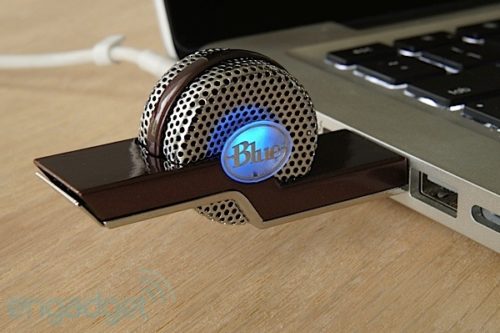
There are so many ways for you to store your data. We are a data driven race living in data filled world. The USB flash drive may be one of the most sound and secure ways to still secure our data. Probably because it is actually a physical manifestation we can hold in our hand and realize our data is safe with us. There are a lot of things to know before you decide to buy your next set of USB flash drives. You’ll want to know what these entire specifications mean and what type you need for your data storage needs.
Comparing Models
While on your USB drive purchasing search, you’ll come across many types of models and specifications that might confuse you as a consumer. For example you may find that a USB drive both have a certain amount of storage but one will cost more than the other. The answer to his conundrum is that one of these may be made up of a different group of components than the other one. There are two major areas that determine how high quality a flash drive is. Those are the actual port and components.
USB 3.0 is obviously faster than a USB 2.0 model. You have to take into account your computers USB port as well. If you have a 2.0 port it will only travel at the speeds on the internal computer, regardless if your USB drive is 3.0 or not. If you’re looking for a modern and fast upgrade then you should go with a USB 3.0 as it has speeds up to 100 MB/s while a 2.0 will travel at only 15 MB/s.
Different types of speed will be affected by what kind of flash memory it has and whether or not there is solid-state drives (SSD) or not. With just these two criteria you know enough to make somewhat of a decision, visit Dynamic Gift for more info.
Physicality of the Drives
Often times these sticks come in all different shapes and sizes. USB drives are no different than other parts of computing and thus follow Moore’s law. They are becoming smaller and smaller each year. The misconception here is that some of the smaller models are actually faster. While they may be more convenient and easier to take around, most of the time that doesn’t mean speed has increased either.
As components shrink, there is more physical space to do with what the designer and computing manufacturers feel like doing. If your aim is to have a portable option then by all means go with the smaller selections of USB. More powerful drives and speedier ones will be a bit bulkier.
Lifetimes of USB Drives
The average amount of time a drive lasts is between 3,000 to 5,000 write cycles. The majority of flash drives won’t ever even last up to this point as this is a lot. On the other hand flash drives last for millions of read cycles. Before any of this internal atrophic damage can occur, it is more likely that the connector at the end of your USB will be damaged instead, that’s why it is always important to have your crucial data on multiple drives, backed up in the computer, in back ups and on the cloud.
Another great part of USBs is MicroUSBs. These can be quite useful when you have a small port on your Android mobile smartphone. It’s a great quick way to transfer something from your computer to phone in an efficient and quick matter.
Secured Flash Drives
A lot of flash drives are meant for more than just quick transference but for additional storage and protection. These secured drives are considered rugged and meant for protection from physical damage. You’ll be able to let them hit the pavement or get wrecked by water and they’ll still be functioning.
Secured drives also come with encryption and passwords that will stop others from accessing them when you need to keep your materials safe. Many people will opt for this extra layer of security for themselves from both the elements of the world and people around them. You can never be too careful when it comes down to your data.
USB drives are a great physical way to store and transfer data and should be paired with multiple USB drives and cloud services. You can rest assured your data will transfer as smooth as possible with the right drive.
Chelsea Ward is a student who enjoys writing tech and computer related articles, usually aimed at those who aren’t so comfortable with this ‘new fangled’ technology; thanks goes to her own technophobe Dad for inspiration!
 Gearfuse Technology, Science, Culture & More
Gearfuse Technology, Science, Culture & More

